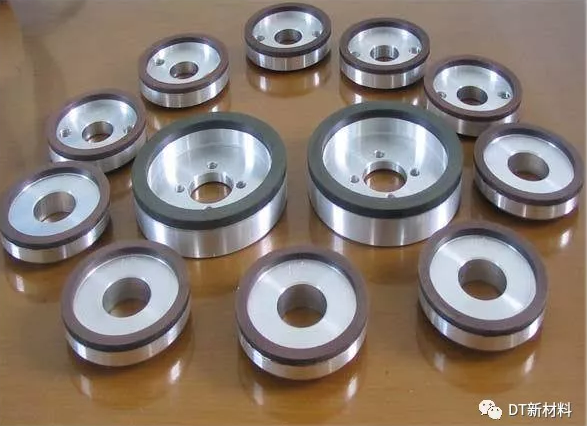
At present, there are technical bottlenecks in the manufacture of ceramic teeth, such as weak bond strength and short service life, and the diamond distribution in the diamond tools for forming ceramic teeth is uneven, which limits the quality of ceramic teeth. Recently, Henan Polytechnic University used 3D printing technology to form diamond tools in an orderly arrangement of diamond abrasive grains for processing ceramic teeth. The grinding performance test of the diamond tool prepared by 3D printing showed that the wear state of the diamond particles was normal, and the diamond particles did not appear on the surface of the diamond tool.
Bottleneck problem in diamond tool forming
Ceramic materials have good biocompatibility, corrosion resistance, wear resistance, good chemical stability and unique aesthetics, and are widely used in dental applications. However, the processing of prefabricated high-strength, high-hardness zirconia ceramic blocks into dental products requires the use of cutting and grinding-efficient machining tools. Diamond tools are the first choice for forming ceramic products. However, in conventional diamond tools, Since the diamond particles are only buried in the coating metal, there is no substantial chemical bond between the coating metal and the metal matrix and the diamond, resulting in weak adhesion of the diamond particles, which is easy to fall off and fail. The universal brazed diamond tool does not guarantee the orderly alignment of the diamond abrasive particles and sufficient grinding of the working layer thickness, and does not continuously replenish the abrasive particles after wear, thereby reducing the service life. There is therefore an urgent need to develop a new dental ceramic diamond tool with ordered array of abrasive particles.
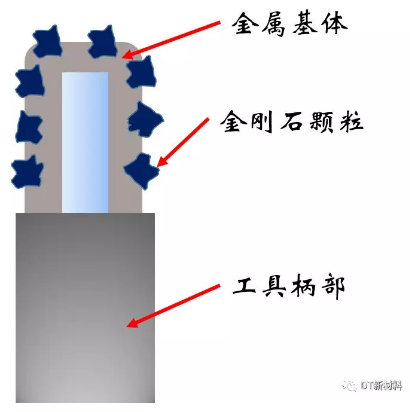
â–² Diamond tool schematic
The diamond tool is directly manufactured by laser sintering 3D printing technology, and the manufacturing process is simple and cost-effective. In addition, the laser rapid scanning technology makes the three-dimensional distribution of diamond particles more orderly, greatly improving the manufacturing performance of the diamond tool.
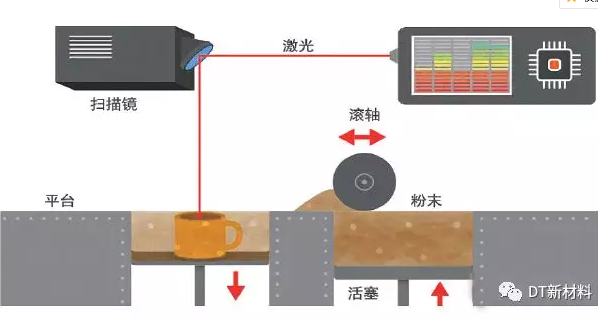
â–²Selective laser sintering 3D printing technology
3D printing diamond tool technology
Firstly, the CAD model of dental diamond tool is constructed by using 3D graphics software, and hierarchical scan path geometry information is generated by hierarchical slice. Then, a dental ceramic processing diamond tool in which ordered diamond particles are prepared by a 3D printer using nickel-chromium alloy powder and diamond as raw materials. Finally, the grinding performance of the zirconia ceramics was carried out on the 3D printed diamond grinding wheel.

â–² diamond tool solid model
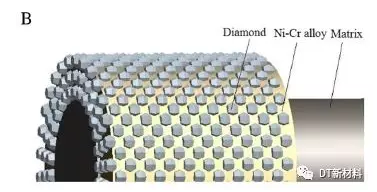
â–²Organic distribution of diamond abrasive grains
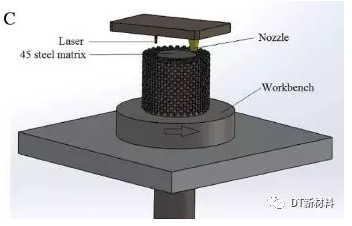
â–² diamond tool forming platform
Diamond tool test characterization
After scanning electron microscopy, it was found that there are many crescent-shaped nickel-chromium alloy grains around the diamond particles, indicating that the nickel-chromium alloy has good wettability on the surface of diamond particles. That is, during the sintering process, a wetting reaction occurs between the molten nichrome alloy and the diamond. In addition, the diamond particles have a complete grain shape with no cracks or additional thermal damage.
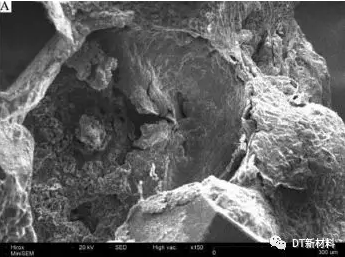
â–²The pit formed after the diamond particles fall off
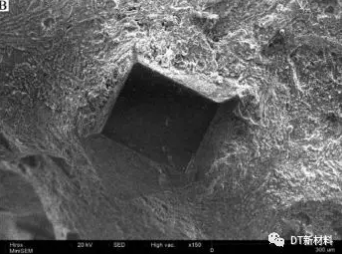
â–²3D printing diamond tool Ni-Cr alloy and
Bonded topography of diamond particles
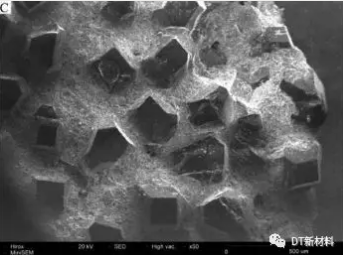
â–²Partial SEM image of 3D printed diamond tool
The presence of carbides is found in the X-ray diffraction spectrum, which is advantageous for increasing the bonding strength of the metal matrix to the diamond particles.
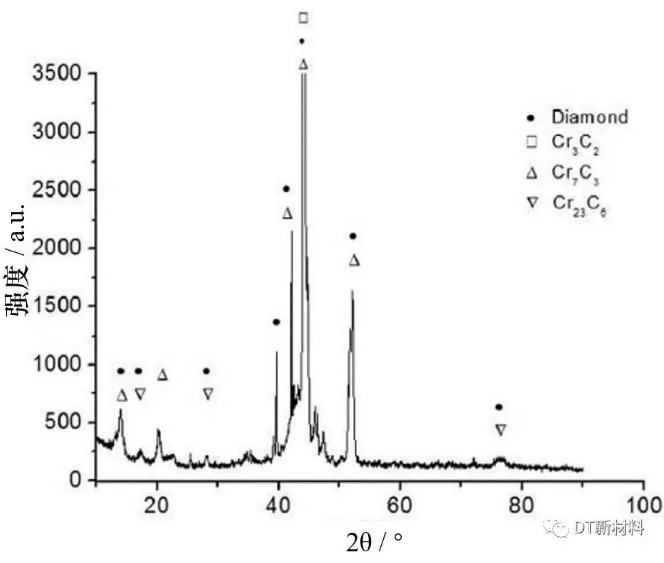
â–²X-ray diffraction spectrum
Diamond tool grinding experimental equipment and method
The prepared diamond tool is installed in a dental processing system. The zirconia precast block was grounded by CNC technology, processed into a standard premolar ceramic crown, and the loss law of abrasive particles under heavy load grinding conditions was analyzed.
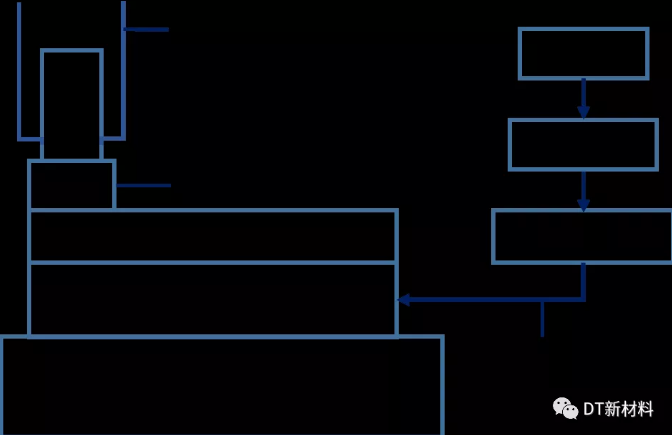
â–² diamond tool test platform
The wear state of diamond abrasive particles throughout the grinding process can be divided into three types: top wear, tip crush, and overall crush. No abrasive particles were observed to fall off during the grinding process, and the diamond particles experienced top wear and tip fragmentation during the grinding process, which could still be used as effective abrasive particles and generated by the abrasive particle tip fragmentation process. The new cutting edge contributes to the grinding process.
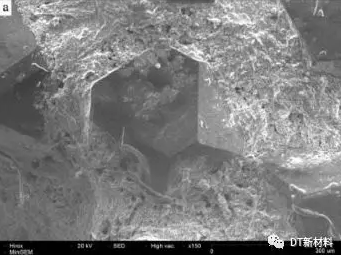
â–² full shape
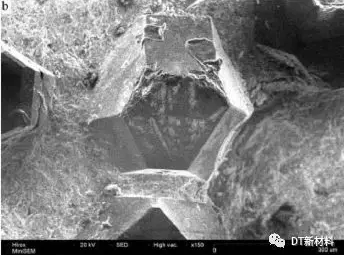
â–² front end wear
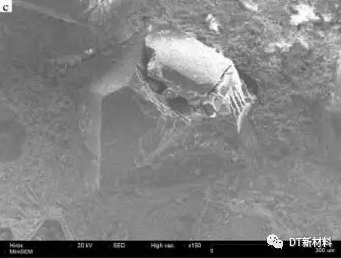
â–² front end break
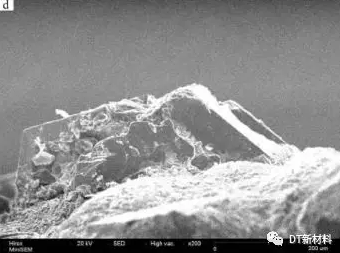
â–² overall fracture
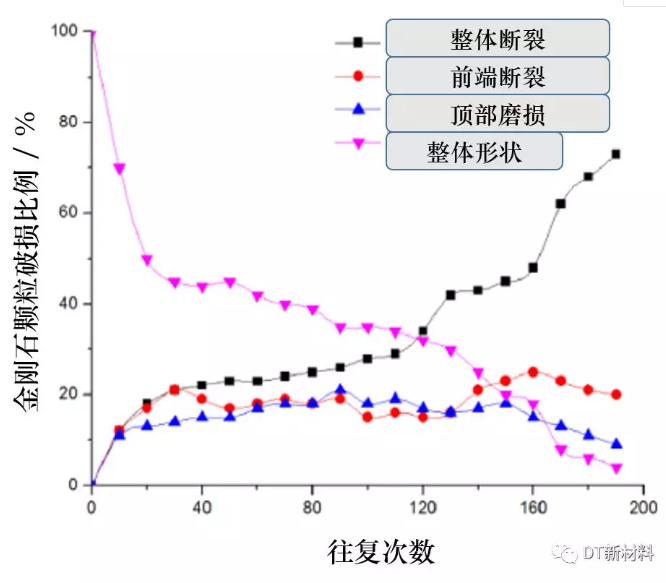
â–² Diamond tool abrasive morphology change statistics
Conclusion
Using 3D graphics software and computer control technology, based on laser sintering 3D printing technology and laser rapid scanning molding technology, it can quickly produce diamond tools with ordered diamond abrasive particles and used for dental ceramic processing.
The 3D printing process of the diamond tool is simple, and the three-dimensional abrasive distribution is controllable, ensuring the orderly arrangement of the multilayer abrasive particles. The surface of the diamond particles produces Cr-containing carbides, which improves the bonding strength between the metal matrix and the diamond particles.
Under heavy-duty grinding conditions, the abrasive particles of the diamond tool prepared by the 3D printing technique have sufficient wear resistance and fracture resistance, and no peeling phenomenon, which confirms the improvement of the bonding strength.
Motorited Panel Track BLinds System
Motorized Panel Track Shades is a ideal Window Treatment for Patio door, French doors, Sliding Glass Doors , Large Window Openings and also a perfect Room Divider. Vertical Electric Panel Shades Track make the Blinds operation much easier, protecting kids and pets with remote control or Smart home system. Motorization Panel Blinds System offer three slide type option: 3 channels , 4 channels, 5 channels. And supply complete Electronic Panel Blinds Track solution including all accessories.
Sliding Panel Track Shades are designed in extensive Blinds fabric as same as roller fabric, solar screen, or woven materials curtain, so panel is easy coordinate with your home lifestyle. The Panel one hides behind the other stack tightly when closing Gliding Blind panel, it is allowing max light throught into home and providing spectacular outside view as good as possible. While the Sliding Panel Blinds openning that a dramatic backdrop for interior home, it goods at control light and keeping out harmful UV rays.
Shenzhen Yuaneng Industrial Co.,Ltd , https://www.bi-colour.com